Live streaming is pushing IT infrastructure to its absolute limits
Live streaming is the most profligate bandwidth consumer and puts untold strain on our creaking infrastructure, which means Steve now has no idea when his tea will be ready
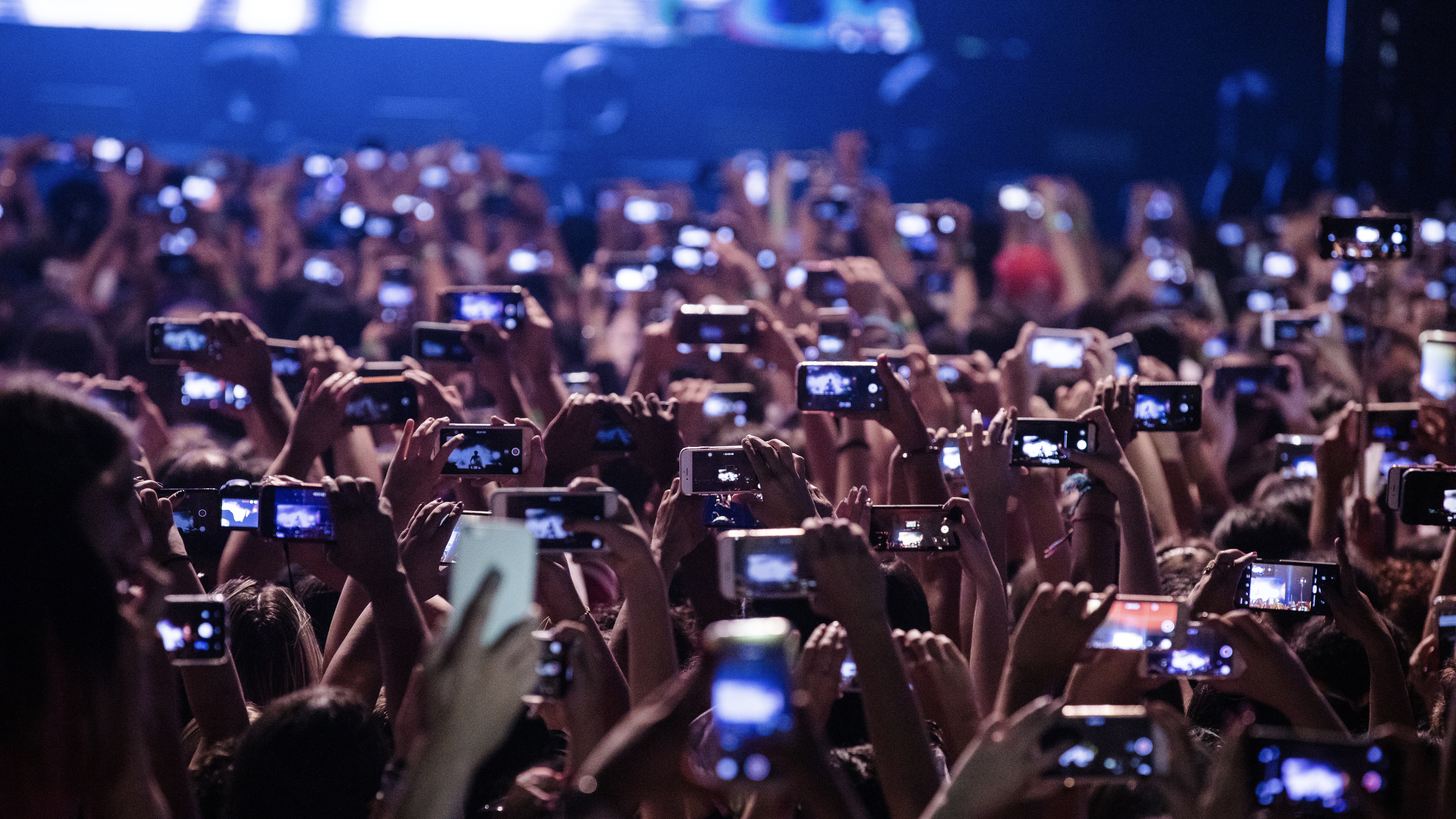
Like regular contributor Davey Winder, I have my hobby-horse subjects. Every so often he writes about his dislike for the slow evolution of “hacking” from industry-insider compliment to mass-media warning label. For me, 2021 was the year “streaming” took a turn for the worse.
From the outset, it was something of a fake jargon term, loosely covering all delivery of media (sound as well as video) without an initial download to local storage. Mostly, people would throw the term around when a sporting event, Royal wedding/birth/defenestration, or record-breaking volcanic eruption spiked interest in unfolding events. Streaming was a sign you were on the leading edge of the home multimedia revolution.
Then, things started to get a lot more complicated. Both Facebook and YouTube took the video captured by their phone apps and beamed it onto a web page with potentially millions of viewers, either “live” or on-demand. This concept has been curiously slow to take off, and seemed to have many fans in the upper reaches of the IT product design business, with almost zero support down in the more variably connected lives of everyday consumers. Too much faff; kills the battery; need to change your phone twice a year to keep up with the software, they said.
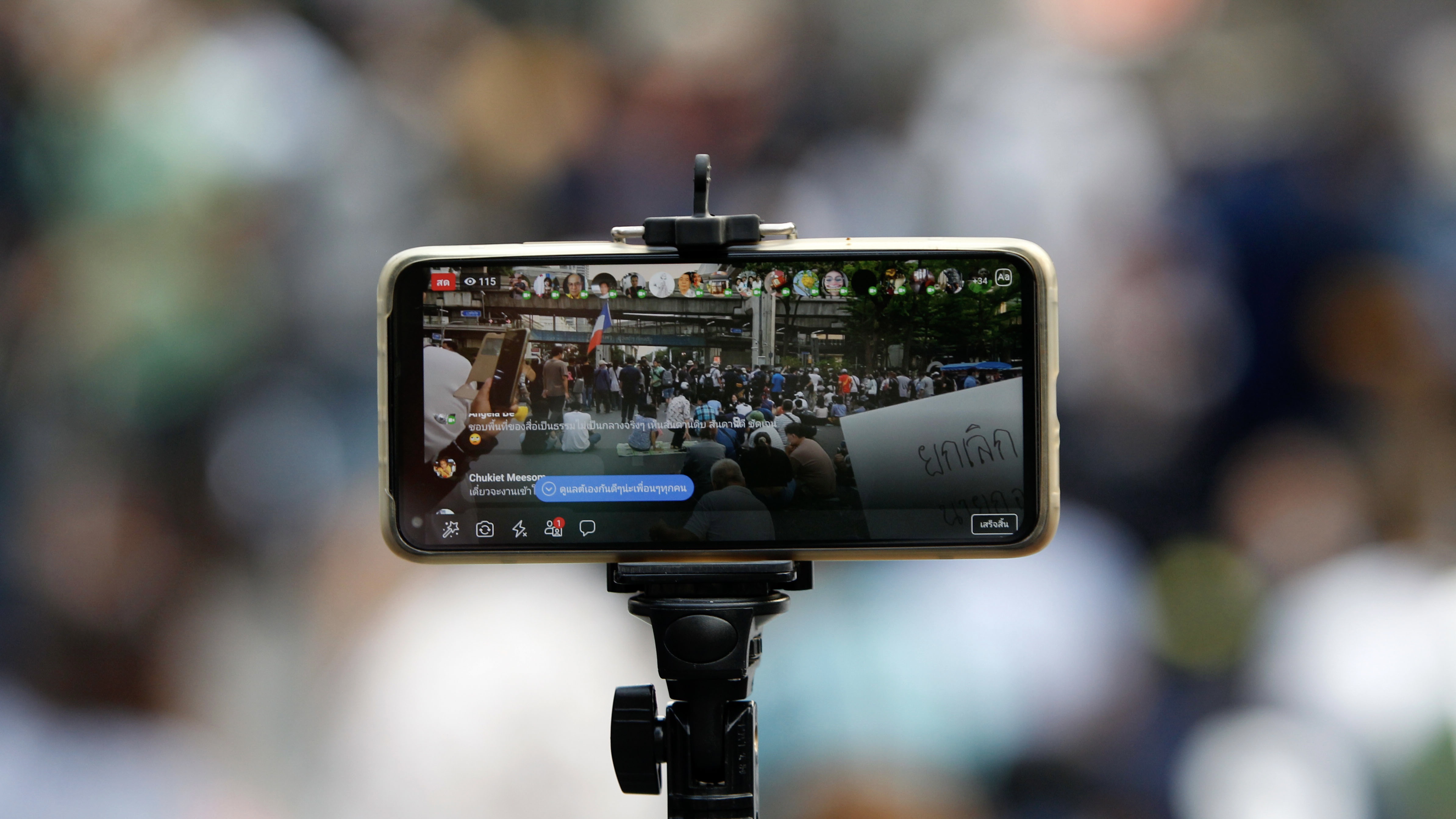
Protesters use Facebook Live to gain both attention and new followers to their cause
Personally, I have a valid interest in this game because my partner has been a habitual visitor to both Parliament Square, and Speakers’ Corner, as part of her permitted exercise circuit during COVID-19. It turns out she’s pretty good at talking to the various tribes inclined to turn up in those locations, no matter their affiliations or, in my view, how crazy some of them might be. This was all very well until I was shown a YouTube video: of course, it shows Sandra in the midst of a lot of chaps, almost all of whom are holding smartphones.
My concern is, if something goes amiss in this vast focus of the world’s protests, how do I guarantee staying in touch? Her new mates will instantly say ‘Telegram’, but to my mind, watching that video, the main obstacle to asking what time tea wouldn’t be the government snooping on the data packets; it’s all those guys connected live to YouTube or wherever, uploading around a MB a second of streamed video. Not forgetting all their buddies who watch, rather than stream, in the crowd. Telegram won’t do me any good in a small area occupied by 10,000 people all trying to update their social media, no matter how unbreakable its encryption. Encrypted or not, secret or not, worthy or not – all data packets look the same and get an equal shake when the bandwidth metre is on 100%.
Pumping raw footage onto the internet
The key problem here is contention. Almost everybody forgets, when benchmarking their internet speeds and crowing about 5G signals, that they’re not making a single hop over-the-air instant connection. No matter how fast the radio signal portion of the link might look on your benchmarking software of choice, it will be connected to a backhaul: a piece of fibre with often substantially less capacity than the radio side of the cellular connection. Remember, quite a lot of the earlier backhauls from the days before 2G or 3G were even contemplated, were made over ISDN copper circuits. That’s an absolute maximum of 128Kbits/sec per cell tower.
Get the ITPro daily newsletter
Sign up today and you will receive a free copy of our Future Focus 2025 report - the leading guidance on AI, cybersecurity and other IT challenges as per 700+ senior executives
Yet, nobody noticed. People like me, whose lives are run by an influx of messages, might have occasionally spotted the odd delay, but these were in the order of a few seconds and, rarely, several hours. People don’t think about how this performance is achieved and what it means for them. In the case of the modern-day protest march in central London, led by the Pied-Piper-like figure of Piers Corbyn, “contention” hardly does the technology justice. Corbyn’s favourite protest trick is literally blowing fire: when he spits out a ten-foot fireball, people nearby do two things. One, they step smartly back, and two, they take a picture, or stream a video. While they do that, the local infrastructure gives each phone a piece of the actual underlying bandwidth, divided up between all the in-range users. Tens of thousands of them, sometimes.

Firebrand Piers Corbyn knows how to ignite the phones of passers-by
RELATED RESOURCE

Delivering on demand: Momentum builds toward flexible IT
A modern digital workplace strategy
Streaming is probably the most profligate bandwidth consumer of the modern era, and worse than we dared to imagine because the whole vlogger/streamer culture is itself controversial. Streaming brings with it a certain guarantee of validity: no editing, no picking and choosing, just the rawness of an uninterrupted feed. This appeals to those with a slightly paranoid outlook, as viewers – and the range of protests in central London that attract streaming vlogger coverage are also right from the modern conspiracy theory playbook. In fact, they’re so driven by paranoia that the fossil copies left behind of their live stream sessions get deleted from common social media platforms within hours of them finishing – whether by the site managers, trying to kowtow to government public order requirements, or by the originators, convinced that the “live faithful” are their only true friends, it matters not. The evidence self-disappears.
Which, for techies beleaguered by over-adventurous partners, really doesn’t help me figure out the best solution to our ongoing need to communicate. I wouldn’t mind something like Telegram, and yet not quite so politicised: something that lets me run a message window on my PC, which tells me the round-trip delay (if any) for each of my contacts, and optionally has links from there to the bit of Google that shows you their location and journey history, if they’ve turned that stuff on.
An influx of 5G-ready smartphones
I remember an improbable Scottish business unit of Telefónica, the Spanish phone company, demonstrating something quite like – but not exactly the same – as this: the bandwidth requirement for such a thing is apparently pretty low, though I expect the battery life might not be a big winner. I’d like to see how those functions would work on a modern phone like the Nokia X20, which amazed me with its stamina doing sat nav duty before Christmas, for instance. As for our need to stay in touch, we have found that short SMS messages are still the most predictable platform in a big meeting or event.
I talked over the whole streaming thing with a senior colleague, and he was surprisingly negative on the subject. “Give it a few months and everyone will be doing it,” he said. I didn’t see why he was right for some time after that, when strange twists of fate left me with a small bucket of 5G-capable phones. After only a few weeks of not very diligent fiddling, I see his point – one of those major benefits to the long delays produced by lockdown and by truck driver shortages is that the phone makers have been sitting back and thinking carefully about what features they can present, and what software they can wait to be written before releasing their new models.

You’ve been streamed: will we all be doing this in a few years’ time?
With at least a year’s delay in all manner of sectors from COVID-19 or from simply trying to restart after the pandemic, there has been lots of free developer time to address the more difficult and time-consuming features. Suddenly, in 2022, even the cheapest 5G phones have both the horsepower and the code to support much more compute and communication-intense functions. Barriers to being live online were a big part of the reason why doing this was only of interest to – to be polite about it – fanatical types. With these actual new-generation devices in the hands of practically everybody, the more contentious and fame-hungry vloggers are likely to disappear behind the sheer volume of more mainstream interests and past-times.
-
 Asus ZenScreen Fold OLED MQ17QH review
Asus ZenScreen Fold OLED MQ17QH reviewReviews A stunning foldable 17.3in OLED display – but it's too expensive to be anything more than a thrilling tech demo
By Sasha Muller
-
 How the UK MoJ achieved secure networks for prisons and offices with Palo Alto Networks
How the UK MoJ achieved secure networks for prisons and offices with Palo Alto NetworksCase study Adopting zero trust is a necessity when your own users are trying to launch cyber attacks
By Rory Bathgate
-
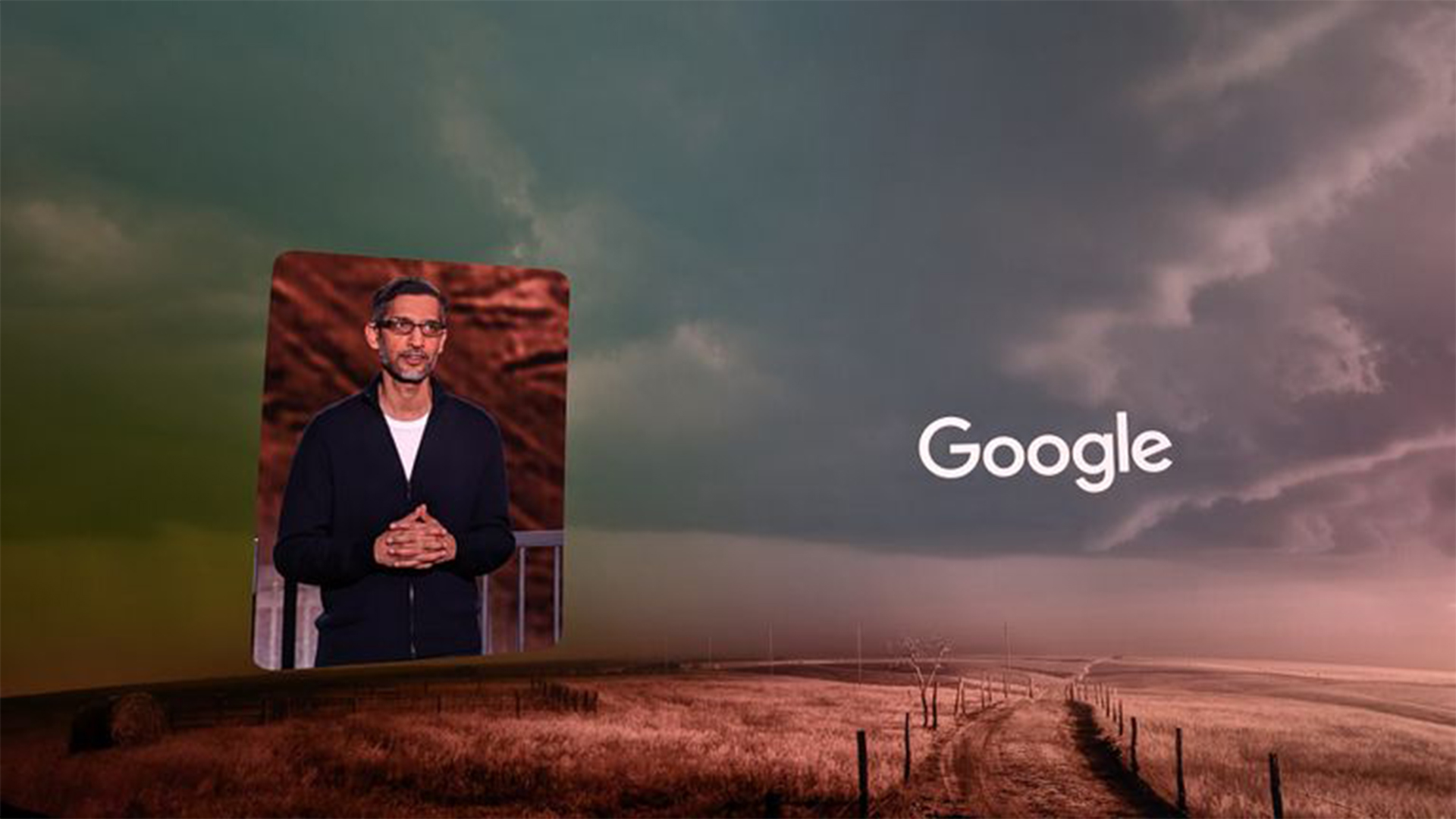 Google shakes off tariff concerns to push on with $75 billion AI spending plans – but analysts warn rising infrastructure costs will send cloud prices sky high
Google shakes off tariff concerns to push on with $75 billion AI spending plans – but analysts warn rising infrastructure costs will send cloud prices sky highNews Google CEO Sundar Pichai has confirmed the company will still spend $75 billion on building out data centers despite economic concerns in the wake of US tariffs.
By Nicole Kobie
-
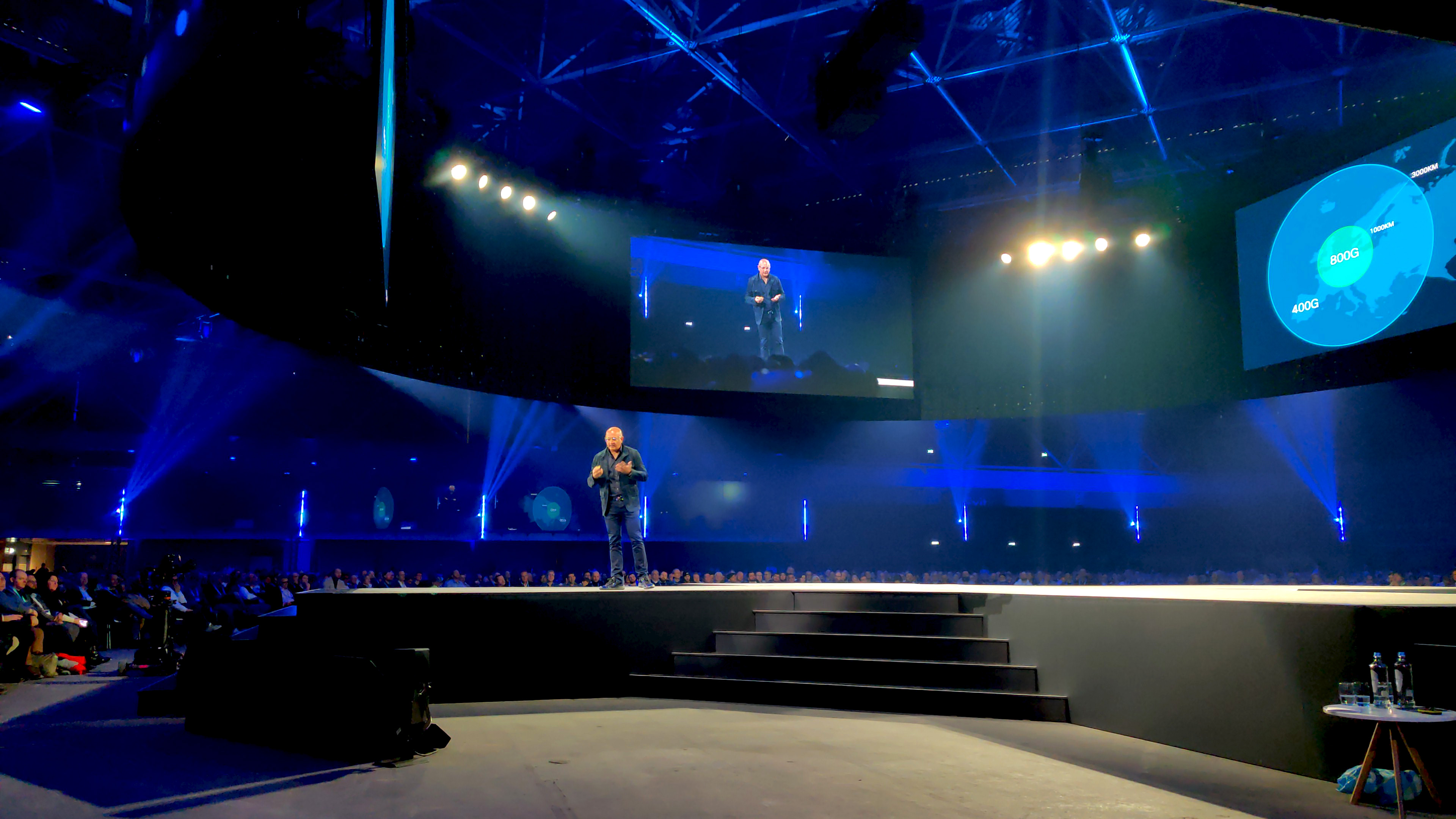 Cisco wants to capitalize on the ‘DeepSeek effect’
Cisco wants to capitalize on the ‘DeepSeek effect’News DeepSeek has had a seismic impact, and Cisco thinks it has strengths to help businesses transition to AI-native infrastructure
By Solomon Klappholz
-
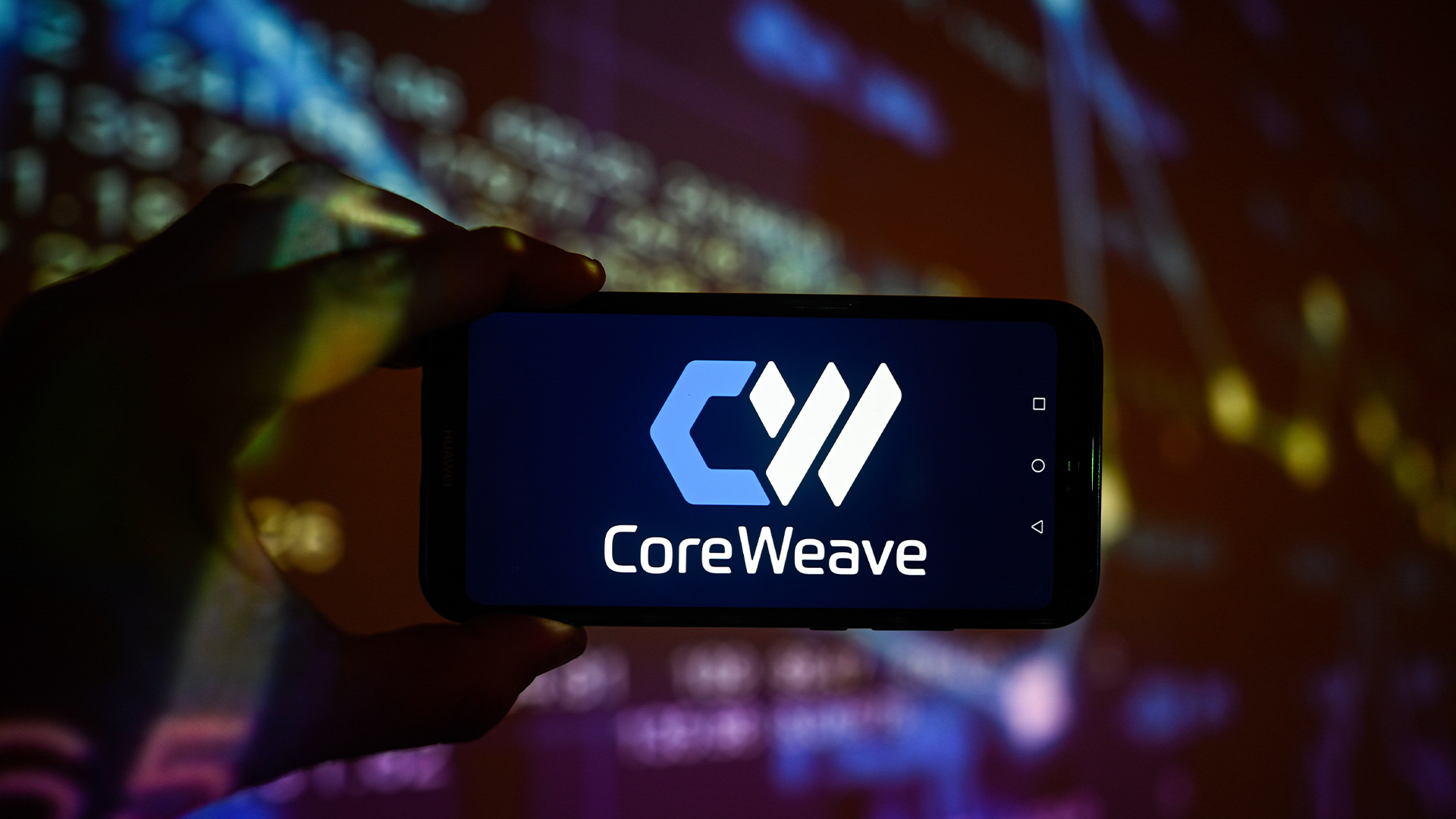 CoreWeave’s first two UK data centers are now operational
CoreWeave’s first two UK data centers are now operationalNews The company's European plans for this year also include new facilities in Norway, Sweden, and Spain
By Emma Woollacott
-
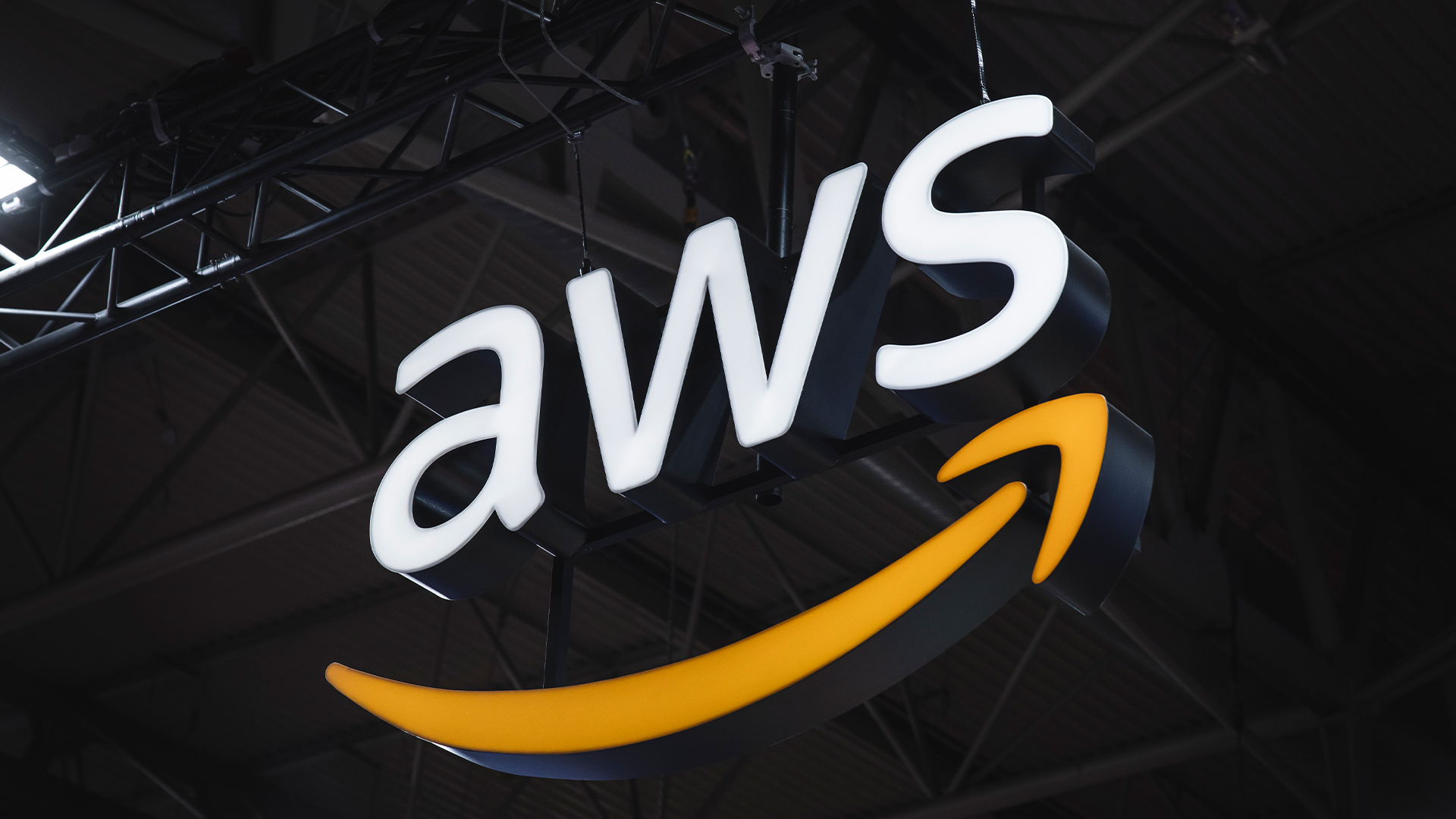 AWS eyes ‘flexible’ data center expansion with $11bn Georgia investment
AWS eyes ‘flexible’ data center expansion with $11bn Georgia investmentNews The hyperscaler says the infrastructure will power cloud computing and AI growth
By Nicole Kobie
-
 Future-proofing operations
Future-proofing operationsWhitepaper The Foundational Role of IT Infrastructure and Connectivity Solutions in Achieving Business KPIs
By ITPro
-
 Quantitative analysis of a prefabricated vs. traditional data center
Quantitative analysis of a prefabricated vs. traditional data centerWhitepaper Apples to apples cost analysis between data centre types
By ITPro
-
 Battery technology for single phase UPS systems: VRLA vs. Li-ion
Battery technology for single phase UPS systems: VRLA vs. Li-ionWhitepaper An overview of li-ion batteries in comparison to VRLA batteries for singlephase UPS applications
By ITPro
-
 Architecting enterprise networks for the next decade
Architecting enterprise networks for the next decadeWhitepaper A new paradigm in network architecture
By ITPro